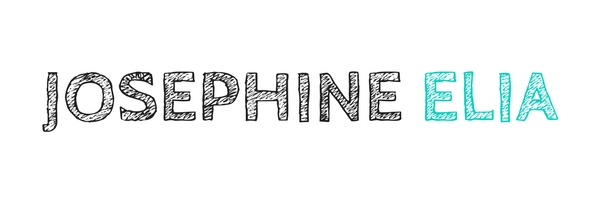Book Trail: Beloved
Beloved by Toni Morrison
How I Came Across the Title
Some time last year, I saw this Toni Morrison’s interview with Stephen Colbert (I miss Colbert!). She said something amazing. After 20-something years, she read Beloved again a few weeks before the interview. She said, “It was really good…”
A writer is his/her own best/worst critic, so for her to say that, I thought, was really special. Also, the novel won the Pulitzer Price for Fiction in 1988, so it must be good.
I added the book to my wish list. Fast-forward to April this year, during a visit to NYC (best city on earth), I came across a couple who were selling their used books on the side of the street near the NYU campus. I browsed, of course, and found Beloved!
Thoughts on the Book
Chilling. Powerful. Mysterious. Beautiful. Like a painting. I wrote a review here.
The language, the words, and sentences are very powerful. It was poetic and its rhythms change depending on the narrative style. It’s truly a work of art.
The Trail
What led me to start reading this book was Just Mercy. For me, this book continues the thought that Bryan Stevenson proposes, that as a society, we need to heal from slavery through a process of truth and reconciliation. It’s a painful process, but denying or suppressing this history will only cause more problems.
What I would read next as a result of Beloved is The Souls of Black Folk by W.E.B. Du Bois.

